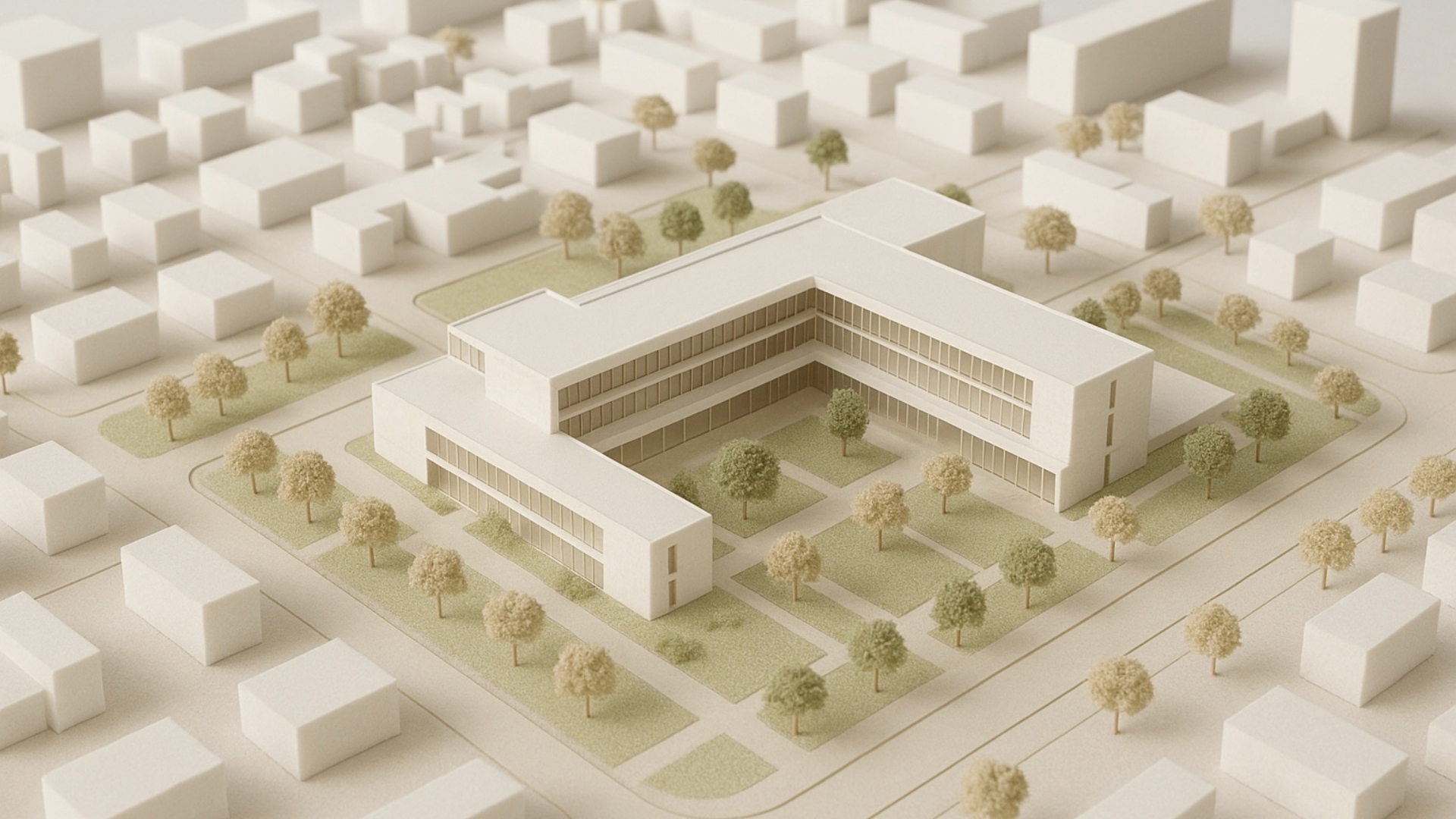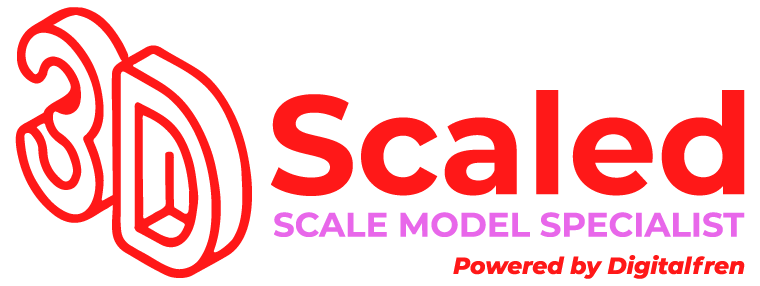Why Build Architectural Scale Models in the Digital Age?

The Perception That the Craft Is Over
Starting your own architectural modelmaking business can feel like going back in time. A lot of experienced people will tell you that the good old days are over. They have been replaced by photo-realistic renders, virtual reality, and interactive 3D platforms. In an industry that is mostly digital, the idea of spending weeks building something by hand might seem like a waste of time or old-fashioned.
But people who don’t like physical models don’t see their unique value. Technology has changed how designs are made and shown, but a real model still gets people’s attention in a way that a screen never can. When you bring a well-made model to a meeting with a client, the mood in the room changes. People lean in, circle around, and get involved without thinking about it. That connection between people will never end — and a skilled Scale Model Maker knows how to capture it.
Not Just a Digital Substitute
People often think that physical models and 3D visualisations are in direct competition with each other. In truth, they have very different uses. A rendering is like a staged photo; it works well for showing a vision in context. But a model is a moving thing.
Nick Dunn, who wrote Architectural Modelmaking, says that models are “not a neutral means for the conveyance of ideas but the medium and mechanism through which concepts and designs are developed.” In other words, they don’t just show the design; they help make it — and in some cases, a Model in Malaysia can carry as much cultural or environmental insight as the building itself.
A Tool for Deeper Design Insight
The best thing about a physical model is that it lets a designer work with their design. You can see how daylight moves across surfaces, how shadows fall, and how spaces connect and change. This three-dimensional, hands-on view shows design strengths and weaknesses that might not be obvious on a screen.
These models can now be made faster and for less money thanks to improvements in rapid prototyping and digital fabrication. Laser cutting and 3D printing can now make complicated shapes that used to take weeks to make in just a few hours. Models can be useful at every step, from early conceptual studies to the final presentation pieces — and even opportunities for Part Time Model Malaysia work in the industry are growing for students and artisans.
The Psychological Advantage in Presentations
Physical models are great for presentations, not just for developing designs. Studies in neuroscience have shown that we remember things in the real world better than pictures. This is especially true when it comes to sales.
Think about going to a property sales office for a development that isn’t built yet. You could look at drawings, flip through brochures, or swipe through 3D pictures, but none of those are as good as standing over a small version of the project. You can quickly figure out where you are, see where you’re going, and picture yourself walking through the spaces. That physical, spatial connection is strong in a way that pixels can’t copy — and many a Model Maker Malaysia thrives on creating this emotional impact.
Instant Understanding
Architect and blogger Bob Borson once summed it up well: when clients look at digital images, they have to constantly change their point of view as the perspective changes from one rendering to the next. With a physical model, the understanding is immediate and stays the same. The client can look around at their own pace, without having to think about how to turn 2D images into a 3D experience.Tangibility in an Intangible World
We live in a time when screens show us almost everything, from business meetings to design ideas. This makes the real even stronger. A physical model is more than just a picture of a building; it’s a place where people can come together and make their ideas real.
An Architectural Scale Model remains a powerful tool because it offers a tangible connection to ideas, and a Mock Up Model can often become the centrepiece of a design conversation. Architectural scale models are still very useful because they give you a real, touchable link between your imagination and reality that digital tools can’t. The physical model is still a bridge between dream and delivery, whether you’re working on a design, getting money, or inspiring a client’s vision.
Contact Us today to start the conversation about your next project. Whether you have a clear vision or just the beginnings of an idea, our team is ready to listen, explore possibilities, and help bring your concepts to life. We look forward to hearing from you.
- Tagged 3D Model Architecture, 3D Modeling in Architecture, Architectural Model, Architectural Model Maker, Architectural Model Price Malaysia, Architectural Scale Models, Architecture Physical Model, Architecture Scale Model, Building Scale Model Company, Model Making Architecture, Scale Model Builders, Scale Models
